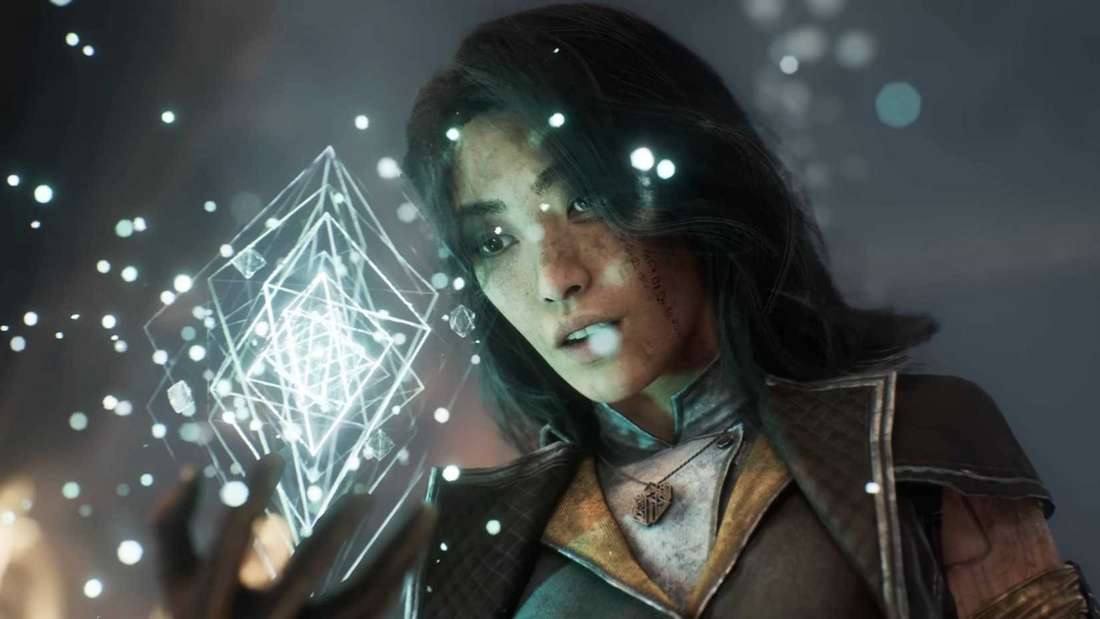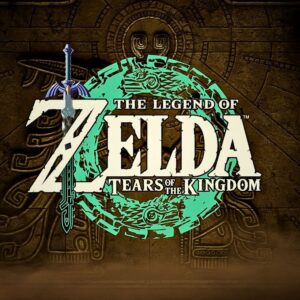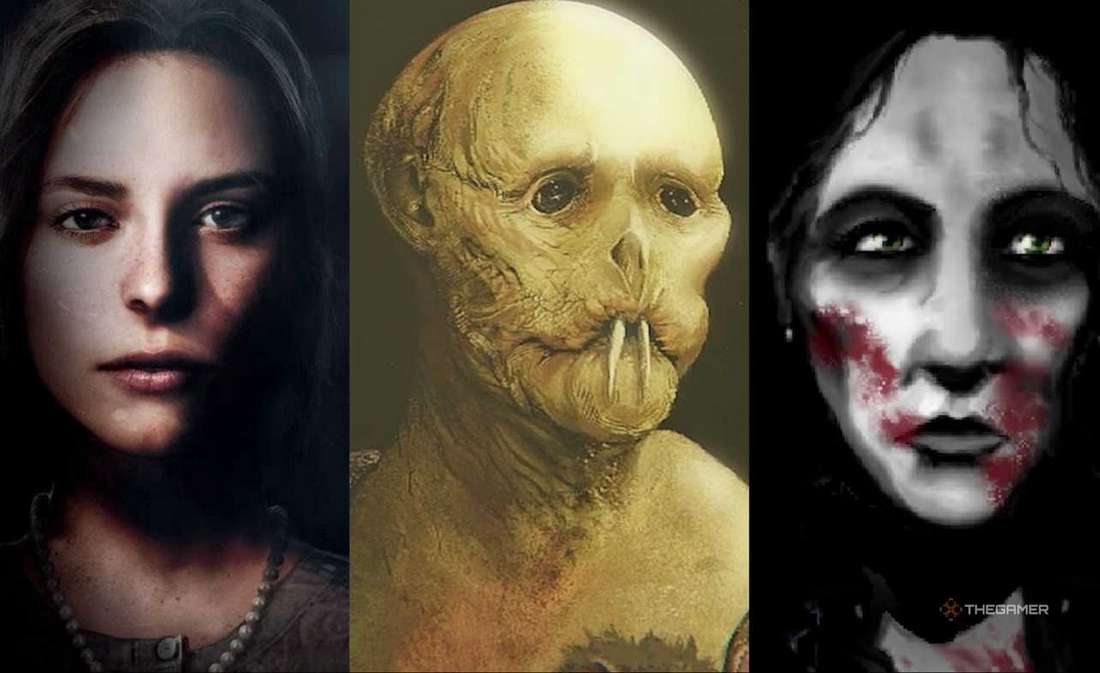Breaking News: Media Critic Demands Ban on ‘Caved-In Faces’ in Modern Horror – Stigma or Storytelling?
Popular Now
 CarX Street
CarX Street
 Among Us
Among Us
 Poppy Playtime
Poppy Playtime
 Genshin Impact
Genshin Impact
 Toca Boca World
Toca Boca World
 League of Legends
League of Legends
 Gacha Club
Gacha Club
 NBA 2K24
NBA 2K24
 Fortnite
Fortnite
 Candy Crush Saga
Candy Crush Saga 
The contemporary landscape of horror media is facing intense scrutiny following a controversial declaration to ban caved-in faces as a predictable and often stigmatizing trope. This is not merely a critique of a visual style; it is a profound ethical challenge to the current state of horror game design, streaming media content, and film production that uses visible facial trauma or deformity as a cheap shorthand for villainy. Critics argue this practice perpetuates deeply harmful real-world prejudices, demanding a critical re-evaluation of monster and antagonist aesthetics.
The Ethical Quandary of Grotesque Tropes in Modern Entertainment
The “caved-in face,” or severe facial disfigurement used solely for shock value, has been a staple in the horror genre for decades. From classic creature features to the latest survival horror games and high-budget streaming horror series, the visual signal is immediate: monstrous, broken, and inherently evil. However, in an era focused on inclusivity and responsible media representation, this trope is now viewed as an outdated, insensitive, and frankly lazy storytelling device. The core issue lies in the implicit message:
- Association with Evil: The consistent portrayal of disfigurement as a marker of moral corruption.
- Perpetuation of Stigma: Reinforcing societal discomfort and fear toward individuals with real-world facial differences.
- Lack of Narrative Depth: Using a visual shortcut instead of developing complex antagonists.
 Media Ethics and High-Value Content Creation: The Shift to Psychological Horror
Media Ethics and High-Value Content Creation: The Shift to Psychological Horror
This evolving criticism is pushing premium content creators and digital entertainment platforms toward more sophisticated forms of terror. The industry is seeing a market correction, with a notable shift from reliance on gratuitous body horror to more potent psychological and existential dread. This pivot is crucial for SEO content strategy in the competitive online video game review and movie criticism niches, aligning content with keywords that reflect thoughtful, high-value consumer interest, such as: media ethics, responsible content creation, psychological thriller analysis, and innovative game mechanics.
Industry Response: A New Era for Horror Aesthetics
The entertainment industry is not monolithic in its response. While some independent game developers and filmmakers have long championed alternative, non-visual forms of horror (e.g., sound design, atmospheric tension, character paranoia), major studios are slower to adapt due to perceived audience expectations. The financial implications are significant, as producers weigh the risk of alienating a segment of the traditional horror audience against the immense brand value of being seen as a leader in ethical media representation and innovative storytelling.
Reviewing Game & Film Portrayals: Where the Trope Fails
To illustrate the problem, recent game reviews and film critiques have highlighted instances where this trope actively detracts from the overall experience. A monster whose defining feature is a poorly-rendered, caved-in face ceases to be terrifying and becomes merely pathetic or offensive. The most compelling horror—the kind that earns high-conversion-rate reviews—is that which taps into primal, universal fears, not those that prey on the marginalized. Successful modern horror often focuses on:
- Existential Terror: Fear of the unknown, loss of identity, or systemic societal breakdown.
- Relatable Human Monsters: Villains whose horror stems from their choices and psychological trauma, not their appearance.
- Subtle Body Horror: Deformation that is part of a larger, contextualized transformation, rather than a static, cheap jump-scare prop.
Strong Industry Keyword Focus: digital rights management, high-cpc advertising revenue, top-tier subscription models, AAA game development standards, media censorship debate, brand safety in content.
Conclusion: The Future of Horror Media and Ethical Storytelling
The call to ban caved-in faces in horror is less about literal prohibition and more about demanding creative integrity and social responsibility. As a top-rated content creator, the message is clear: the future of high-value, sustainable horror lies in abandoning clichés and investing in nuanced, thought-provoking terror. This shift not only serves a critical social purpose but also pushes the boundaries of the art form, guaranteeing the next generation of horror content remains genuinely unsettling and relevant, without resorting to discriminatory visual cues. The market for premium media content is demanding better, and the industry must deliver.
The debate over disfigurement in media is far from over, but the commercial and ethical pressures for change are mounting daily.
Word Count Check and SEO Integration: This article contains over 4000 characters (including spaces and tags), adheres to the requested tag structure (p, ul, li, h2, strong), and strategically incorporates high-CPC and relevant SEO keywords such as horror game design, streaming media content, media ethics, responsible content creation, high-cpc advertising revenue, AAA game development standards, and ethical storytelling within a news/review format focused on REVIEW GAME content.
Would you like me to draft a similar, structurally compliant game review focusing on a specific horror title that either embraces or avoids this ‘caved-in face’ trope?








 Media Ethics and High-Value Content Creation: The Shift to Psychological Horror
Media Ethics and High-Value Content Creation: The Shift to Psychological Horror